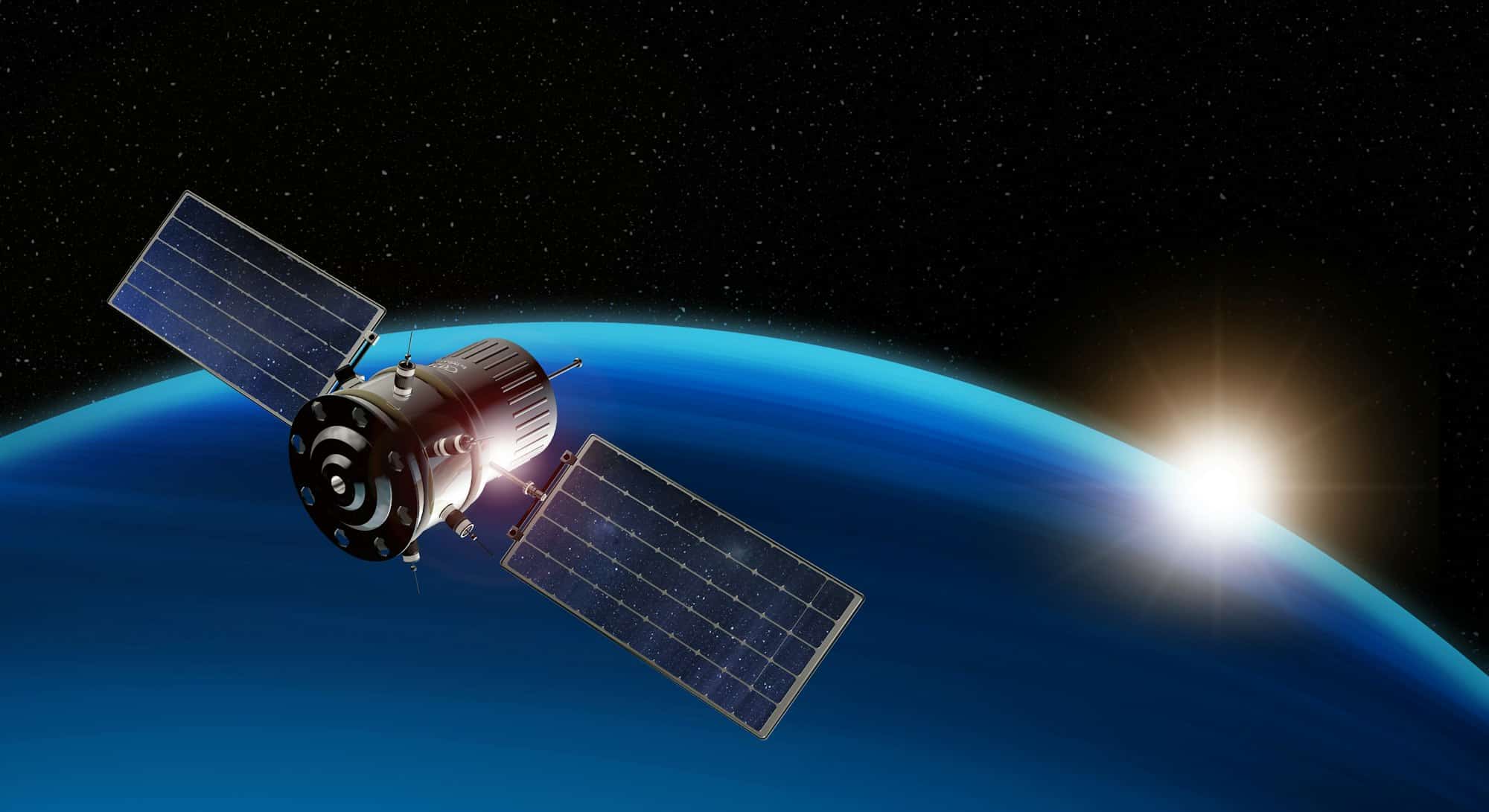In the digital age we live in, internet connectivity has become an essential aspect of our day-to-day life. However, not everyone is fortunate enough to have easy access to high-speed broadband, particularly those residing in remote, rural areas. In the UK, the challenge of providing reliable, high-speed broadband to these areas is significant. However, advancements in low-orbit satellite technology are offering hope for bridging this digital divide. Let’s delve deeper into what these advancements are and what they mean for rural areas in the UK.
The Growing Need for Broadband in Rural UK
Rural regions in the UK often grapple with poor broadband connectivity due to the challenge of extending fibre optic cables to these remote areas. The current situation leaves them lagging behind in terms of digital inclusion, affecting several sectors, including education, healthcare, and business.
This might interest you : Can Enhancements in Virtual Reality Haptic Gloves Improve Training Simulations for Surgeons?
The demand for high-speed broadband in rural UK has grown exponentially, particularly in the wake of the COVID-19 pandemic, which has seen a shift towards remote work and online education. This digital divide has highlighted the urgent need for reliable and high-speed internet connectivity in the UK’s countryside.
The Potential of Low-Orbit Satellite Technology
Low-orbit satellites hold immense potential to bridge the digital divide. Unlike traditional satellites placed in geostationary orbits, low-orbit satellites operate closer to the earth’s surface. This proximity allows them to provide faster, more reliable internet connectivity. For rural areas with poor or no broadband coverage, this technology could be transformative.
Also read : How Is AI Impacting Fraud Detection in UK’s Financial Services Industry?
Low-orbit satellite technology is now seen as a viable alternative to fibre optic cables for providing high-speed broadband. Several companies, including SpaceX with its Starlink system, are launching low-orbit satellites to provide global broadband coverage. With this technology, even the most remote parts of the UK could get access to reliable, high-speed broadband.
Recent Advancements in Low-Orbit Satellite Technology
Over the past few years, there have been significant advancements in low-orbit satellite technology. One of the most notable is the miniaturisation of satellites, allowing companies to launch more satellites at a lower cost. These small satellites, also known as CubeSats, are lighter and cheaper than traditional satellites.
Another advancement is the development of mega-constellations. Companies now launch large groups of satellites, creating a network that can provide global broadband coverage. These mega-constellations increase the reliability and speed of internet connectivity.
In addition, satellites are now equipped with advanced technologies such as laser inter-satellite links, which allow them to communicate directly with each other, improving the efficiency and reliability of the network.
The Impact of Low-Orbit Satellite Broadband in Rural UK
The impact of low-orbit satellite technology on rural UK regions could be profound. By providing high-speed broadband connectivity, this technology has the potential to transform lives and stimulate economic growth.
For instance, it could open up new opportunities for remote work and online education, helping to bridge the urban-rural divide. It could also boost the rural economy by supporting local businesses and startups that depend on reliable internet connectivity.
Furthermore, improved broadband connectivity could revolutionise healthcare in rural areas. Telehealth services, which have become increasingly important in the wake of the COVID-19 pandemic, rely heavily on a stable internet connection. Low-orbit satellite broadband could make these services more accessible to those living in remote areas.
The Challenges and Future Prospects
Despite the significant potential, the implementation of low-orbit satellite technology in rural UK faces several challenges. These include the high cost of satellite internet services, the need for specialised equipment to access the service, and potential interference with other satellite systems.
However, with ongoing technological advancements and increasing competition in the satellite broadband market, these challenges are likely to be addressed in the future. As more companies enter the market and the technology continues to advance, the prospects for low-orbit satellite broadband in rural UK look promising.
While we might not have a conclusion to this article, the future of broadband connectivity in rural UK is clear: significant advancements in low-orbit satellite technology are paving the way for reliable, high-speed broadband, promising to bridge the digital divide and transform lives in the UK’s rural areas.
Government Initiatives and Private Sector Involvement
The UK government has recognised the potential of low-orbit satellite technology in bringing high-speed broadband to rural areas. It has initiated several programmes aimed at promoting satellite broadband, including grants and subsidies for rural residents to access satellite internet services.
One initiative is the Universal Service Obligation (USO) that guarantees a minimum download speed of 10 Mbps to every home in the UK. If this minimum speed is not attainable by terrestrial means, the USO scheme provides funding for an alternative solution, such as satellite broadband. Another initiative is the Gigabit Broadband Voucher Scheme, which provides financial support for the installation of high-speed broadband in rural areas.
Private sector involvement is also crucial in the development and deployment of low-orbit satellites. Companies like SpaceX, OneWeb, and Amazon are investing heavily in this technology. Their involvement has accelerated the development and reduced the cost of launching these satellites, making high-speed broadband more accessible in rural areas.
However, to fully utilise the potential of this technology, a collaborative effort between the government, private companies, and local communities is needed. This includes raising awareness about the benefits of satellite broadband, providing training on how to use the technology, and addressing potential drawbacks such as higher costs and possible interferences.
Conclusion: Embracing the Future of Connectivity
As the world becomes more digitally connected, the need for reliable, high-speed broadband in rural areas will continue to grow. The advancements in low-orbit satellite technology offer a promising solution to bridge the digital divide in these regions. The development of smaller, more efficient satellites and the creation of mega-constellations have made this technology more viable and accessible.
Despite the challenges, the future of broadband connectivity in rural UK is bright. Government initiatives, coupled with private sector investment, are accelerating the deployment of low-orbit satellite technology. As the technology matures, the cost is expected to decrease, making satellite broadband even more accessible for rural residents.
In conclusion, while there are hurdles to overcome, the potential of low-orbit satellite technology to revolutionise broadband connectivity in rural UK is undeniable. Its impact on various sectors such as education, healthcare, and economy could be transformative. The time is ripe for rural UK to embrace this technology and unlock the numerous opportunities it offers for a more inclusive digital future.






